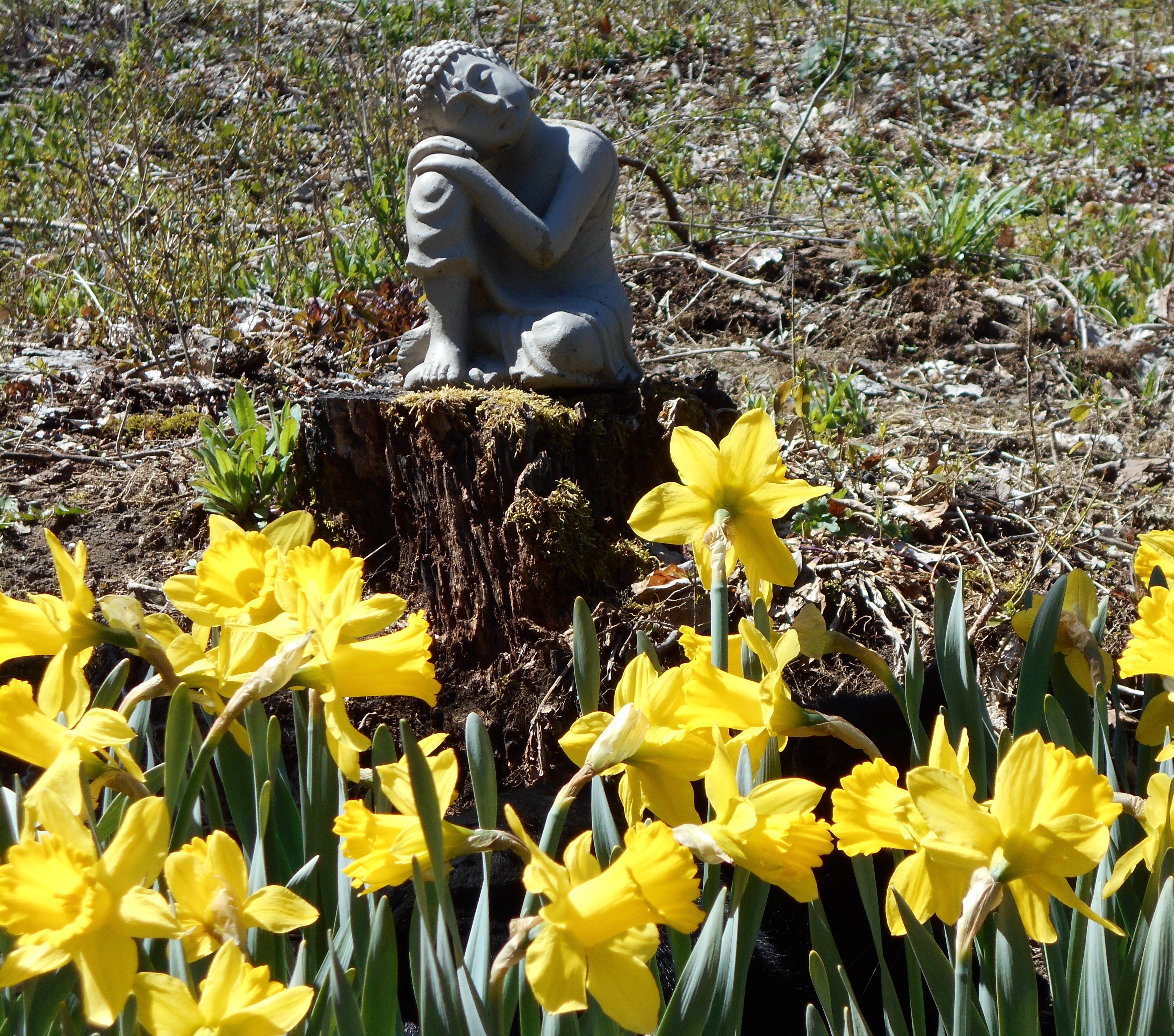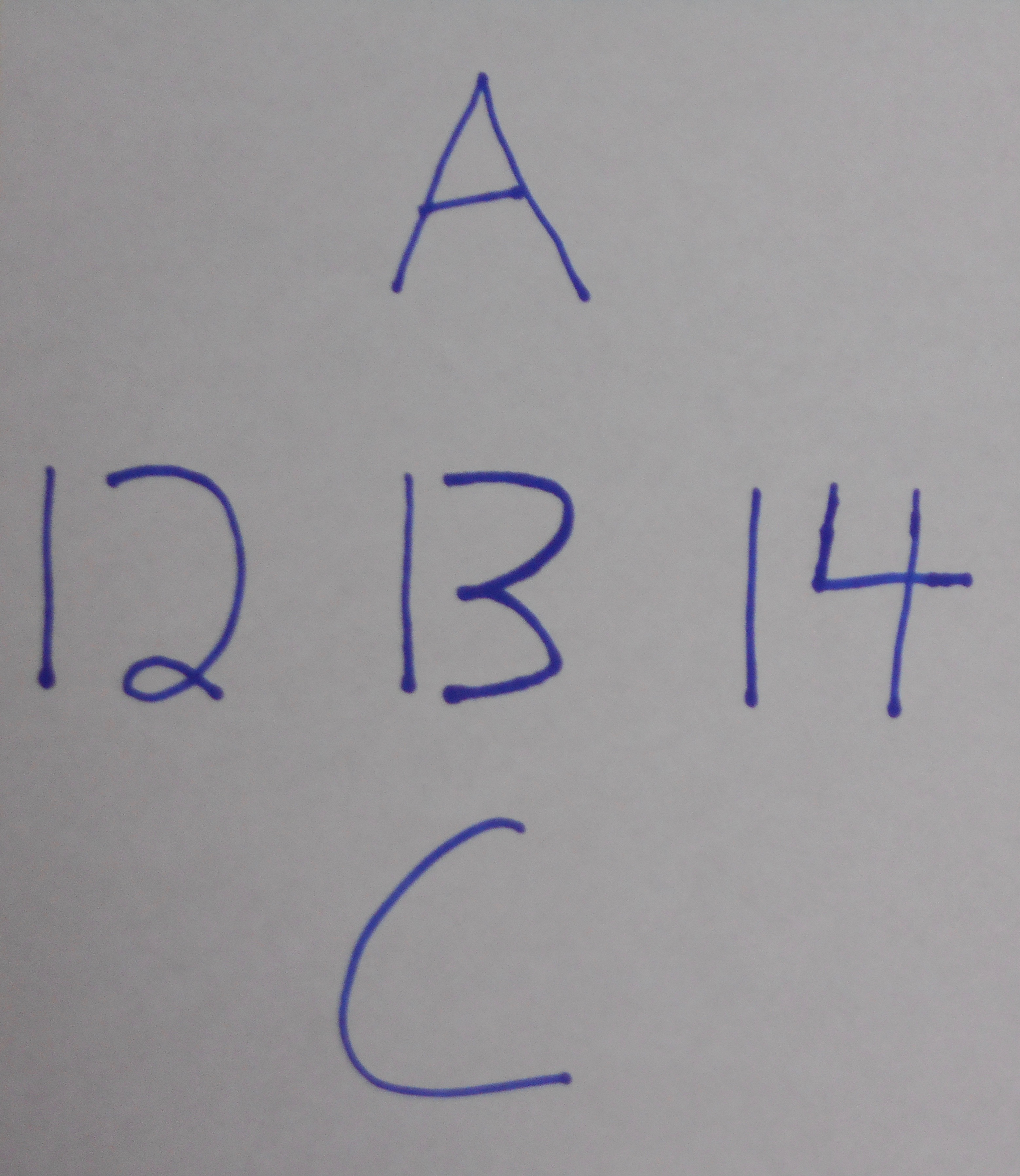So much anger around lately. Like any emotion, anger can be more complex and multifaceted than it seems. It can save your life, energize you to fight off a threat or oppression. Or it could harm a relationship, fog your thinking, and lead to regret.
It’s not the emotional feeling that causes the problems, however. Emotion is a natural response to a stimuli and a motivator to act in a certain way. It directs your way of thinking and remembering. You often create stories in your mind to support and explain your own emotions. It is these stories, how you respond to the emotion, and how you act, that cause the problems or reveal a solution.
Anger can arise out of fear and in response to fear. When afraid, you want to turn away and run. When angry, you want to stay and fight or even run toward what frightens you. So it can be powerful and intoxicating. Anger can come as a balm, feel like a cure, or create an identity for you when one is lacking.
Think about times you were angry. There is a righteousness to the emotion. You are at a check out line in a big box store. The cashier charges you two dollars more than the labeled price and you notice it. You interpret the situation as a purposeful act. You tell yourself the cashier is a dupe of corporate thieves (which does occur too often). You start to get angry—until the cashier turns red in his face, apologizes, and explains he entered the wrong price in the computer.
You might rail against man’s inhumanity to man, or how the political system is rigged and unjust, or how other people’s lack of awareness and responsibility negatively impacts your life. And all this can be true. You feel imposed upon and isolated. You say to yourself you refuse to be a part of the inhumanity. You then use the anger as an identity; you think of yourself as a fighter against evil. You walk around with anger as your shield of righteousness. As a result, you bring anger everywhere you go. You push people away. You ignore or are unaware of how your shield negatively impacts yourself as well as all those you meet and you become what you rail against. How often do you walk into a room full of angry or fearful people and you feel their fear or anger like an assault? Anger is contagious.
In our modern world, culture and cultural institutions are arguably the prime influence on human behavior, not “raw nature.” We don’t, on a daily basis, fear attacks by “wild” animals. We can’t pretend that any anger we feel is just a natural response to a threat and must be acted upon as if our existence were threatened. We predominantly feel threatened by or get angry about not a tiger’s claws but a human who belittles, disrespects or treats us unfairly—or by or a systematic attack on our ability to lead a full, meaningful, happy life. It is human society and how other humans treat us and mirror us that we most often fear and that angers us most deeply.
We are all part of a system of relationships and must do our best to honor those relationships. How we think we stand in relation to others is extremely important to us. Being treated fairly is extremely important. If our society treats some of us poorly, or actually militates against our ability to get our needs met, we get angry. We feel society doesn’t see us and is denying our humanity. As many writers, activists, and spiritual leaders have pointed out, if one of us is treated poorly, all of us are affected.
What can we do? There is no easy answer to this. We can start by studying our own emotional experience and learn to differentiate at least two of the many directions anger can take. There is the anger that arises as we blame others for the pain we cause (to self and others) or we project onto others the anger we do not face. And there is anger that arises when we witness hurt and injustice. The first arises because, ultimately, we want to feel good. We want to feel loved and be loving and we don’t know how. We might judge ourselves too harshly for our mistakes and forget that we are not born with all the knowledge and wisdom we need to survive. We forget learning only comes through making mistakes. We need to learn that to feel loved we must be loving. We need to learn, as much as it is possible, how to let go of this anger and the stories we tell ourselves which fuel it. The second arises because we care and feel empathy. We want to act to end any suffering we witness as if it were our own.
Anger at oppression and injustice can spark resistance against it. Yet anger can cloud our thinking. When we’re angry, our ability to perceive can be narrowed to looking for threats, and we isolate ourselves from what we’re angry at. We mentally convert thinking, breathing, feeling people very much like us into enemies filled only with the intent to harm or denigrate us, who exist only as our nemesis or oppressor.
You can’t fight what you don’t see. You can’t see what you rail against in anger and push away with hate. You can’t unite with those you push away. When you’re angry, it is easy to lose sight of those who are your natural allies.
So, to find answers, you must enter the mind and heart of others to understand what drives them and how they think. Then your anger, as much as it is possible, can give way to the empathy and care which might underlie it, and be replaced with a commitment to take appropriate action guided by emotional awareness and intellectual understanding. Gandhi said something like, “You must be the change you wish to see in the world.” Martin Luther King said, “Darkness cannot drive out darkness; only light can do that. Hate cannot drive out hate, only love can do that.” Buddha said something very similar. They weren’t being “nice” when they said this. They were being practical.





